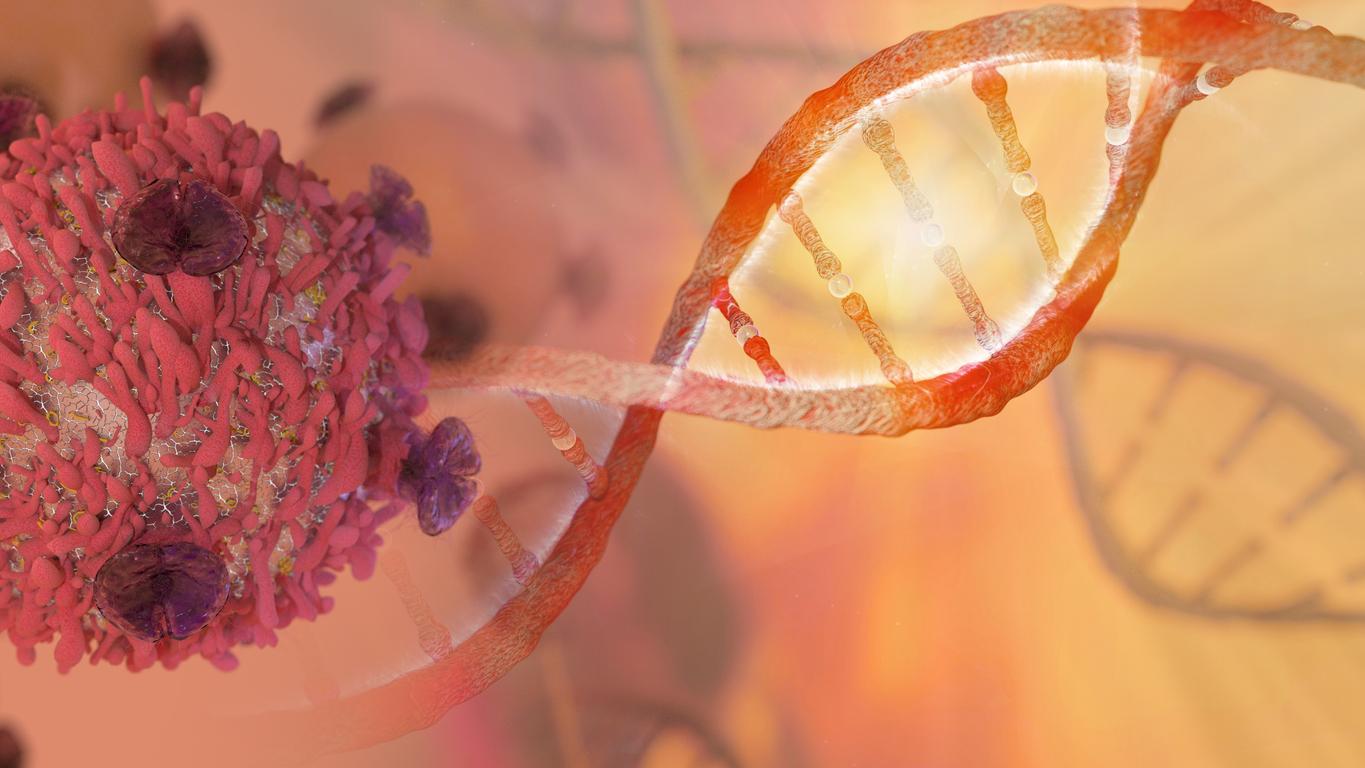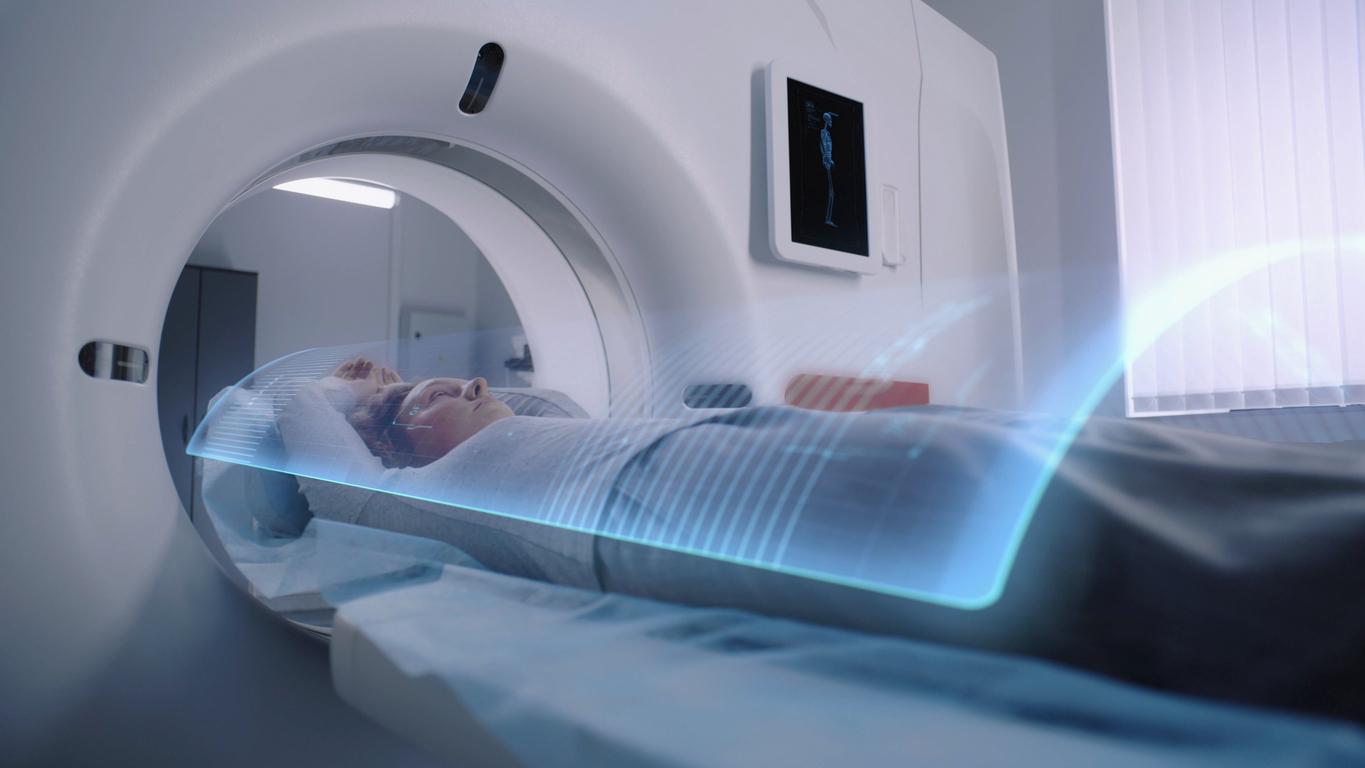Overdiagnosis and overtreatment: these are the two conclusions to be drawn from organized screening for breast cancer after 70 years. This is the result of a Dutch study, where it has been in place since 1998.

After 70 years, organized screening for breast cancer is unnecessary. This is the result of a study carried out in the Netherlands, where screening is generalized for women up to 75 years old. This practice would even tend to explode the number of overdiagnoses, conclude the researchers in the British Medical Journal.
50-74 years in France
Since 1998, the Dutch breast cancer screening program has concerned women aged 50 to 75. The maximum age is set at 74 in France. However, there is no evidence that this can detect more tumors. With the aim of verifying whether the practice is effective, a team from the medical center of the University of Leiden (the Netherlands) reviewed the cases of breast cancer diagnosed between 1995 and 2011.
A total of 25,500 women aged 70 to 75, and 13,000 women aged 76 to 80 were included in the study. The researchers separated them into three groups: “before” (1995-97), “in-between” (1998-2002) and “after” (2003-11).
Twice the number of early cancers
After the introduction of the new organized screening system, the number of new cases of early cancer actually increased. It went from 249 to 363 per 100,000 women. Stage I tumors alone have more than doubled. But at the same time, there is only a very slight drop in the number of new cases of advanced breast cancer: it has gone from 58 to 52 cases per 100,000 women.
The conclusion is therefore clear to researchers: screening after 75 years increases overdiagnosis. Their calculations show: for each advanced stage tumor discovered, 20 “additional” early stage tumors are detected.
At an age when the side effects of treatment are more frequent, for a mediocre result, the price to pay is too heavy, say the authors of the study. “Rather than using massive screening, the decision to participate in a screening program should be personalized, based on remaining life expectancy, breast cancer risk, functional status and patient preferences” , they conclude.
.

















